Research - (2020) Volume 9, Issue 7
Cesarean delivery (C-section) is a surgical procedure used to deliver baby incisions in the abdomen and uterus. A C section can be planned ahead of time if the woman develops pregnancy complications. There can be adverse consequences after the woman had gone through the CS of which one is the development of infections. The main purpose of this study is to determine the knowledge associated with post caesarean section infections at Juaso Government Hospital. In this descriptive cross-sectional study, women at the Juaso Government hospital who had undergone cesarean delivery were selected. After ensuring that they were content with and cooperate in the study, a researcher designed questionnaire was filled. A high percentage (67.50%) of women in the study had experienced an infection after the CS. Also, most women (76%) indicated they were not given adequate information about CS. These findings emphasize the need for effective information to be given by health workers to pregnant women.
Caesarean section • Knowledge • Wounds • Infection.
Today, post caesarean section infections are a major cause of continuous stay in the hospital which increases the cost to the health care system [1]. A research reported post caesarean section infections as the most prevalent health care associated infection [2]. Globally, post caesarean section infections are comparatively higher in developing countries as compared to develop ones [3]. High rates of post caesarean section infections were reported in several lower and middle income countries: there was a prevalence of 16% in Nigeria, 19% in Tanzania and 9.7 in Vietnam among others [4].
In Ghana, a study by Cohen showed that risk of CS was increased in all age categories of 30 years or more compared to women younger than 30 years [5]. A report obtained in a study conducted in Cape Coast also showed that 68% of respondents’ main source of information was from the media [6]. The Ghana Statistical Service (GSS) reported that 11% of women who had a live birth in two years prior to the survey delivered by CS [7].
In a study, unemployed women have a probability of caesarean delivery 14% higher than that of working women [8]. Studies done by other researchers found age (especially younger age), obesity, diabetes, chorioamnionitis, PROM, emergency CS and longer operation time to be can be the causes post CS infections [9,10]. Accordingly, Italian mothers with low education levels consistently give birth by a caesarean delivery more often than highly educated women. Majority (55%) of the women were unemployed [11]. Similarly, women with the lowest level of education in Norway had the highest probability of caesarian delivery [12]. Also women undergoing CS are at risk sepsis and postnatal infections [13]. Therefore, the World Health Organization (WHO) recommends that CS should be done only when indicated; that is, if normal delivery will have an adverse effect on mother or baby [14]. Few studies have been conducted on women’s knowledge about post CS infections in Ghana and no study is known about it in Asante Akim South Municipal. Therefore, the study is aimed at determining women’s knowledge of post CS infections at the Juaso Government Hospital.
Setting
The study was conducted at the Juaso Government Hospital located at the Asante Akim South Municipal in the Ashanti Region of Ghana. The hospital is 50 bedded facilities established in and it provides health care services to many people in Juaso and its environs. An average of 1000 women visits the hospital to give birth at the maternity ward. The maternity department provides antenatal, childbirth and post-partum services. This study was therefore conducted at the maternity ward of the Juaso Government Hospital.
Subjects
The study population consisted of pregnant women attending antenatal at the maternity wards of the Juaso Government Hospital. Here, a purposive sampling technique was used to select the women who have went through caesarean sections and consented to participate in the study.
Study design
The study employed the descriptive cross sectional design was conducted to assess women’s knowledge of post caesarean section infections at Juaso Government Hospital.
Instrument for data collection
A structured questionnaire was used to determine the knowledge of post ceasarian section infections at the Juaso Government Hospital. The questionnaire was in English and pretested among 10 pregnant mothers.
Socio demographic characteristics of respondents
The results of Figure 1 show that out of the 80 pregnant women. Majority of the respondents 34(42.50%) respondents were between 30 and 34 years. 25(31.25%) were between 25 and 29 years. 14(17.50%) respondents were between 20 and 24 years. Few respondents 7(8.50%) were 30 years and above.
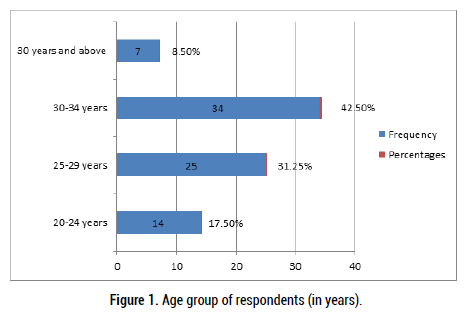
Figure 1: Age group of respondents (in years).
The results of Figure 2 show that out of the 80 pregnant women, majority 42(53%) of them were married. However, 38(47%) of them were single.
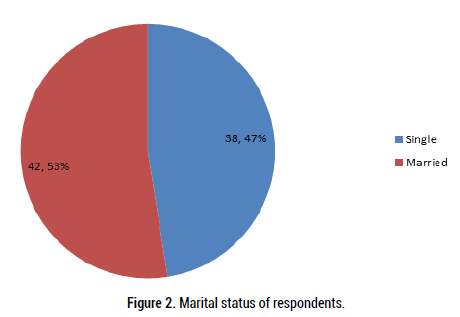
Figure 2: Marital status of respondents.
The results of Figure 3 show that out of the 80 pregnant women, majority 46(57.50%) of them had formal education. 22(27.50%) respondents had informal education. Also, 12(15%) respondents had formal education.
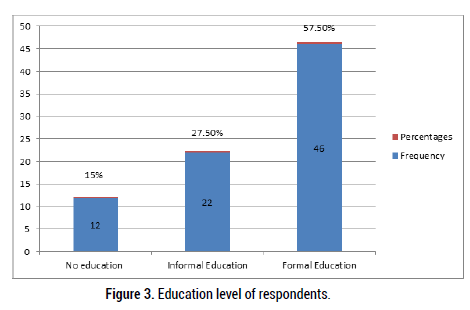
Figure 3: Education level of respondents.
The results of Figure 4 show that out of the 80 pregnant women, majority 44(55%) of them were unemployed. 19(23.75%) were self-employed whiles the rest 17(21.25%) were government employees.
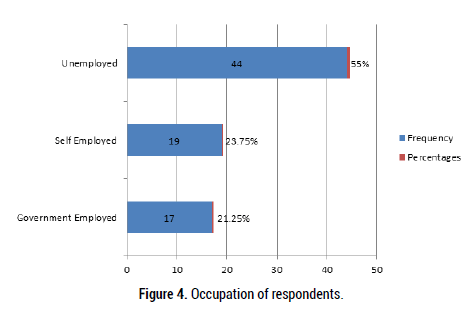
Figure 4: Occupation of respondents.
The results of Figure 5 show that out of the 80 pregnant women, majority 68(85%) of them were had not have a previous caesarian section whiles 12(15%) respondents have had a previous caesarian section.
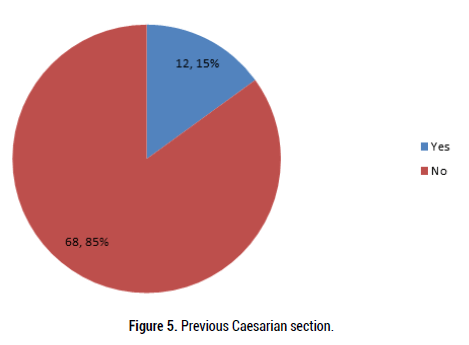
Figure 5: Previous Caesarian section.
Knowledge of post caesarean section infections
The results of Figure 6 show that out of the 80 pregnant women, majority 54(67.50%) of them had experienced an infection after the CS whiles 26(32.50%) of them had not experienced an infection after the CS.
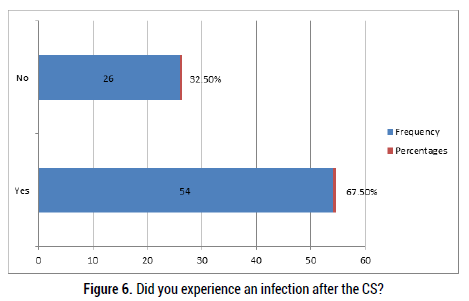
Figure 6: Did you experience an infection after the CS?
Results from Figure 7 shows where respondents got their information on wound care. Majority 30(16.70%) respondents indicated that they got their information on wound care from health professionals. Also, 17(25%) indicated that they got their information on wound care from their families. 16(23.50%) indicated that they got their information on wound care from their friends. However, few respondents 5(7.35%) indicated that they got their information on wound care from the internet.
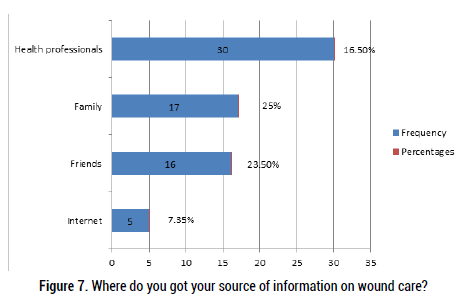
Figure 7: Where do you got your source of information on wound care?
Results from Figure 8 shows whether respondents were given adequate information about CS. It was deduced that majority of 61(76%) respondents indicated they were not given adequate information about CS. However, 19(24%) respondents indicated they were not given adequate information about CS.
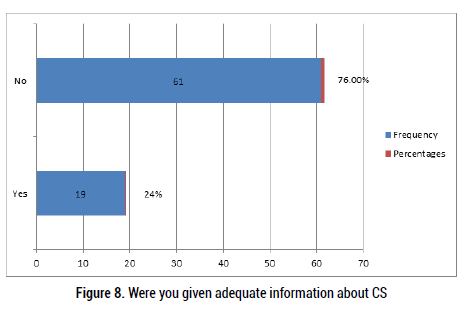
Figure 8: Were you given adequate information about CS
Results from Figure 9 shows whether respondents CS were emergency or elective. Majority 68(85%) respondents indicated that their CS was emergency whiles 12(15%) indicated that their CS was elective.
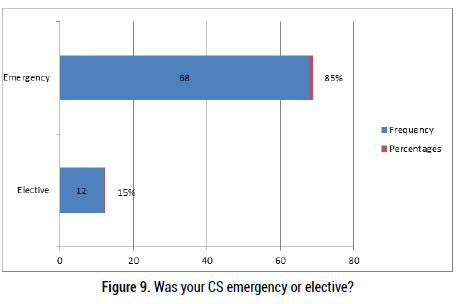
Figure 9: Was your CS emergency or elective?
Results from Figure 10 shows whether respondents thought CS was important. Majority 67(83.75%) respondents indicated that CS was not important. However, 13(16.25%) indicated that CS was not important.
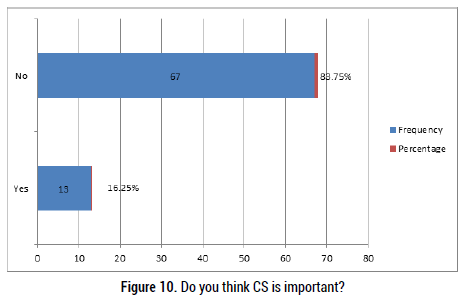
Figure 10: Do you think CS is important?
Results from Figure 11 show respondents’ knowledge on the causes of post CS infections. All respondents 80(100%) indicated that age is the cause of post CS infections. 61(76.25%) respondents indicated that twin pregnancy is the cause of post CS infections. Also, 43(53.75%) respondents indicated that obesity is the cause of post CS infections. 40(50%) respondents indicated that diabetes is the cause of post CS infections. 36(45%) respondents indicated that recurrent pregnancy loss is the cause of post CS infections. Furthermore, 35(43.75%) respondents indicated that living in rural areas is the cause of post CS infections. 32(40%) respondents indicated that long period of labor is the cause of post CS infections. Also, 24(30%) respondents indicated that hypertensive disorders is the cause of post CS infections. 24(30%) respondents indicated that a greater number of vaginal inspections is the cause of post CS infections. Lastly, 14(17.50%) respondents indicated that epidural use is the cause of post CS infections.
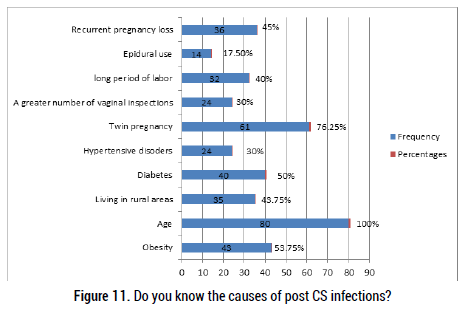
Figure 11: Do you know the causes of post CS infections?
Results from Figure 12 show how respondents can prevent CS infections. All of the respondents 80(100%) indicated that not wearing tight-fitting clothes can prevent CS infections. Also, all of the respondents 80(100%) respondents indicated that adhering to the prescribed courses of medication can prevent CS infections. Again, 17(25%) respondents indicated that avoiding baths, hot tubs and swimming pools can prevent CS infections. 15(22%) respondents indicated that keeping the wound clean with soap and water can prevent CS infections. A few 6(8.80%) indicated that covering the wound for as long as possible.
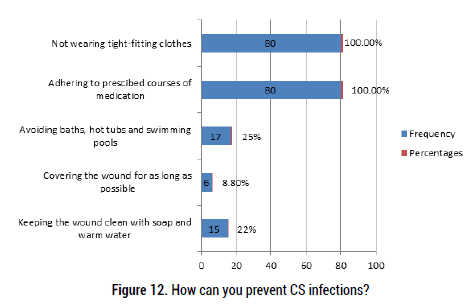
Figure 12: How can you prevent CS infections?
The results of this study showed the knowledge post caesarean section infections at Juaso government hospital. It was deduced from the study that the most of the women (42.50%) in the study were between 30 and 34 years. This was anticipated because it represents the reproductive age group commonly seen in Ghana. The results of the study is similar to a study by Cohen risk of CS was increased in all age categories of 30 years or more compared to women younger than 30 years [5]. Also, most of the women of the study (53%) were married. Most women (57.50%) had formal education. Women with the lowest level of education in Norway had the highest probability of ceasarian delivery [12]. Accordingly, Italian mothers with low education levels consistently give birth by a caesarean delivery more often than highly educated women. Majority (55%) of the women were unemployed [11]. In a study, unemployed women have a probability of caesarean delivery 14% higher than that of working women [8]. Therefore it can be said that there is a significant relationship between the occupation of women and the likelihood of caesarean delivery. Furthermore, most (85%) of the women in the study have not had a previous caesarian section. Most (16.70%) women in the study got their information on wound care from health professionals. This finding is contrary to the report obtained in a study conducted in Cape Coast where 68% of respondents’ main source of information was from the media [5]. This result shows that most women at women in the study get their information from a good source. Moreover, a high percentage (67.50%) of women in the study had experienced an infection after the CS. This affirms that women undergoing CS are at risk sepsis and postnatal infections [13]. Again, most women (76%) indicated they were not given adequate information about CS. These findings emphasize the need for effective information to be given by health workers to pregnant women. The findings from this study would provide useful information, which can be used in planning strategies for improving the knowledge of women towards post CS infections. Most (85%) women indicated that their CS was emergency. However, Jasim and his colleagues found no correlation between emergency CS and post CS infection [15]. Mothers who go through emergency CS usually do not get enough preparation time, which could increase the risk of contamination. Also, (83.75%) women indicated that CS was not important. All respondents 80 (100%) indicated that age is the cause of post CS infections. Similarly, studies done by other researchers found age (especially younger age), obesity, diabetes, chorioamnionitis, PROM, emergency CS and longer operation time to be can be the causes post CS infections [9,10]. All women (100%) indicated that not wearing tight-fitting clothes can prevent CS infections. Lastly, all women (100%) agreed that adhering to the prescribed courses of medication can prevent CS infections. It can therefore be said that the prevention of post CS infections thus promotes the safety of the woman.
It can be concluded based on the findings of the study that women knowledge about post caesarean section infections was generally low as even most women did not see the importance of having CS. However, their main source of information (health professionals) was reliable. There is the need for future researchers to delve deeper into the long term risk and benefits associated with caesarean delivery for mothers in rural areas.
Citation: Philip Knight Boateng. Post Caesarean Section Infections at Juaso Government Hospital. J Biol Today's World. J Biol Today's World, 2020, 9(7), 001-004.
Received: 19-Jun-2020 Published: 10-Jul-2020
Copyright: © 2020 Boateng PK. This is an open-access article distributed under the terms of the Creative Commons Attribution License, which permits unrestricted use, distribution, and reproduction in any medium, provided the original author and source are credited.